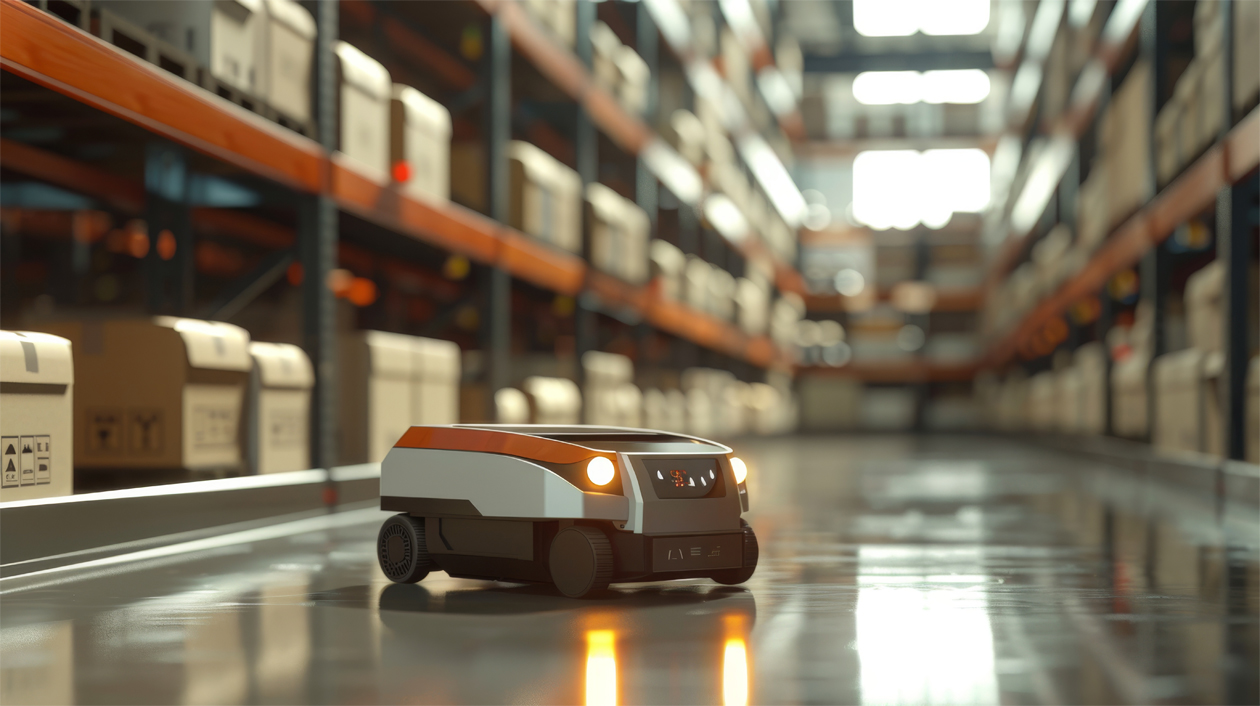As robotics technology continues to advance and permeate various aspects of our lives, ensuring the security of these systems has become increasingly critical. From manufacturing robots to autonomous vehicles, the potential risks associated with compromised robotics systems can be significant, ranging from operational disruptions to safety hazards. This blog post explores the main challenges in ensuring robotics security, discusses potential solutions, and examines how industries and the market analyze these concerns.
Main Challenges in Robotics Security
1. Cybersecurity Threats:
- Malware and Ransomware: Robots connected to networks can be vulnerable to malware and ransomware attacks, potentially leading to operational shutdowns or data breaches.

- Unauthorized Access: Hackers may gain unauthorized access to robotics systems, manipulating their functions or stealing sensitive information.
2. Physical Security Threats:
- Tampering and Sabotage: Physical access to robots can lead to tampering or sabotage, compromising their functionality and safety.
- Sensor Manipulation: Sensors are critical for robot perception. Manipulating these sensors can mislead the robot, causing incorrect operations.
3. Communication Interception:
- Data Transmission Interception: Wireless communication between robots and control systems can be intercepted, leading to data theft or command manipulation.
- Signal Jamming: Communication signals can be jammed, causing robots to lose connectivity with their control systems.

4. Software Vulnerabilities:
- Unpatched Software: Robotics systems often rely on complex software, which may have vulnerabilities if not regularly updated and patched.
- Third-Party Software: Dependencies on third-party software can introduce security risks if those components are not secure.
5. Operational Safety:
- Malfunctioning Algorithms: Errors in algorithms controlling robots can lead to unsafe operations, especially in critical applications like healthcare or autonomous driving.
- Unintended Behavior: Robots interacting with dynamic environments may exhibit unintended behaviors that can pose security risks.
Solutions to Enhance Robotics Security
Robust Cybersecurity Measures:
- Firewalls and Intrusion Detection Systems: Implementing robust network security measures can help protect against unauthorized access and cyber-attacks.
- Encryption: Encrypting data communications between robots and control systems ensures that intercepted data cannot be easily read or manipulated.
Regular Software Updates and Patching:
- Automated Update Systems: Regularly updating software to patch vulnerabilities is crucial. Automated systems can ensure updates are applied consistently.
- Security Audits: Regular security audits and vulnerability assessments help identify and mitigate potential risks in software components.
Access Control and Authentication:
- Multi-Factor Authentication (MFA): Implementing MFA for accessing robotics control systems adds an extra layer of security.
- Role-Based Access Control (RBAC): Limiting access based on user roles ensures that only authorized personnel can perform critical operations.
Physical Security Measures:
- Secure Physical Locations: Ensuring that robots and their control systems are housed in secure locations can prevent tampering and sabotage.
- Tamper-Detection Sensors: Integrating sensors that detect physical tampering can provide early warnings of potential security breaches.
Resilient Communication Protocols:
- Secure Communication Protocols: Using secure communication protocols like HTTPS and VPNs can protect data transmission from interception and jamming.
- Redundancy and Failover Systems: Implementing redundant communication paths and failover mechanisms ensures continuous operation even if one path is compromised.
AI and Machine Learning for Security:
- Anomaly Detection: AI and machine learning algorithms can be used to detect unusual patterns of behavior that may indicate a security threat.
- Adaptive Security Systems: These systems can dynamically adjust security measures based on real-time threat assessments.

Industry and Market Analysis
Regulatory Compliance:
- Industry Standards: Industries are increasingly required to comply with cybersecurity standards and regulations, such as the NIST Cybersecurity Framework or ISO/IEC 27001.
- Government Regulations: Governments are implementing regulations to ensure the security of critical infrastructure, including robotics systems.
Market Demand for Security Solutions:
- Growth of Cybersecurity Market: The demand for cybersecurity solutions in robotics is driving growth in the cybersecurity market, with companies investing heavily in developing advanced security technologies.
- Vendor Solutions: A growing number of vendors are offering specialized security solutions tailored to the needs of robotics systems, including hardware-based security modules and advanced encryption techniques.
Investment in Research and Development:
- R&D Investments: Companies are investing in R&D to develop more secure robotics systems, focusing on both hardware and software innovations.
- Collaborations and Partnerships: Collaborations between robotics manufacturers, cybersecurity firms, and research institutions are fostering the development of robust security solutions.
Consumer Awareness and Expectations:
- Increased Awareness: As awareness of cybersecurity threats grows, consumers and businesses are demanding more secure robotics products.
- Market Differentiation: Security features are becoming a key differentiator in the market, with companies that prioritize security gaining a competitive edge.

Feel free to share your thoughts and experiences with on-demand computing in the comments below! Let’s get the conversation started.






